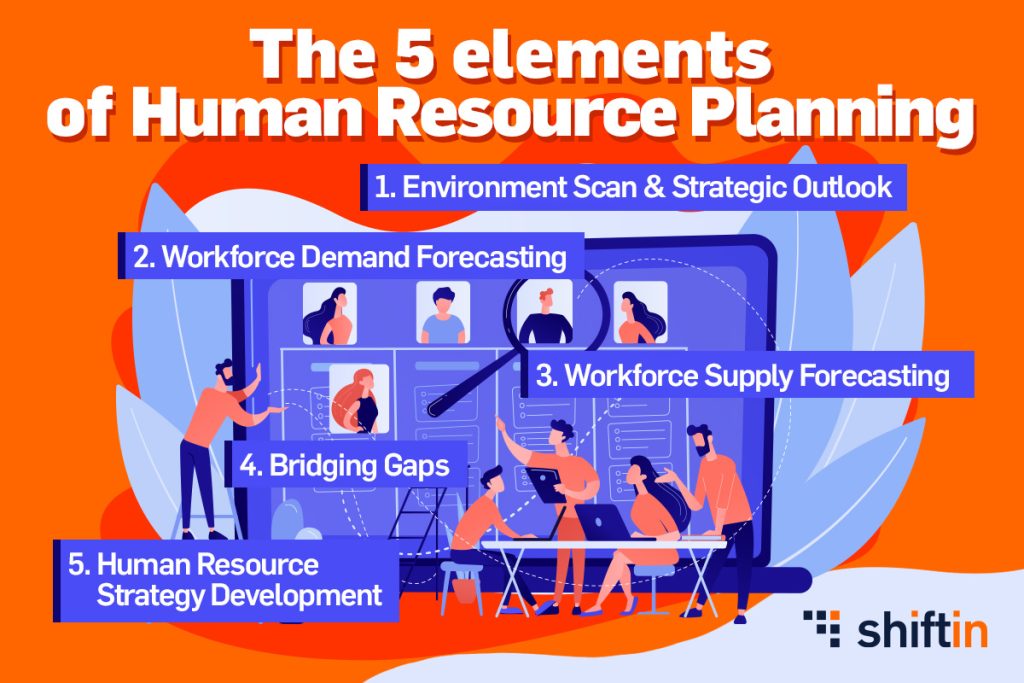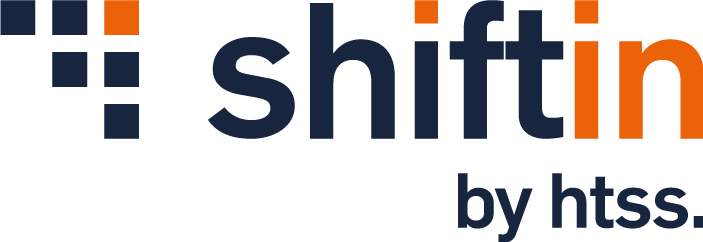Human resource (HR) planning is a critical component of organizational success. It involves the systematic process of forecasting future workforce needs and developing strategies to ensure that the right people, with the right skills, are in the right positions at the right time. The human resource planning process consists of five key elements that guide organizations in effectively managing human capital to achieve their business objectives.
Environmental scanning and strategic insights
The first element of the HR planning process is the environmental scan. This involves analyzing the internal and external factors that may impact on an organization’s workforce needs. Internally, factors such as employee turnover rates, retirements, promotions, and skills shortages are considered. Externally, economic trends, technological advances, industry changes and demographic shifts are assessed. By understanding these factors comprehensively, organizations can anticipate future challenges and opportunities and shape their HR strategies accordingly.
Accurate forecasting of labor demand
Forecasting labor demand is the second crucial element of human resource planning. It involves projecting the organization’s future staffing needs based on expected business growth, changes in market demand and other relevant factors. Accurate forecasting of workforce demand ensures that the organization has adequate staff to meet its operational requirements and strategic objectives.

Forecasting labor supply
Once labor demand is projected, the next step is to forecast labor supply. This involves assessing the current composition, skills and capabilities of the workforce and evaluating potential internal candidates for future positions. In addition, organizations consider external factors such as labor market conditions, talent availability and potential competition for qualified employees. By analyzing the supply side of the workforce equation, organizations can identify any gaps between the talent needed and the talent available and design strategies to address these gaps effectively.
Bridging the gap – The art of gap analysis
The fourth element of the HR planning process is to conduct a gap analysis. This step involves comparing the projected demand and supply of labor. If there is a gap between the two, it means a potential shortage or surplus of talent in the future. A shortage of skilled employees could hinder the organization’s growth, while a surplus could lead to wasted resources. Gap analysis allows organizations to identify areas of concern and develop strategies to bridge these gaps, which may include recruitment, training, upskilling or restructuring.
Development of human resources strategies
The final element of the human resource planning process involves developing human resource strategies to address identified gaps and meet the workforce needs of the organization. These strategies include a range of initiatives such as recruitment and selection strategies to attract top talent, training and development programs to improve employee skills, succession planning to ensure continuity of leadership, and workforce restructuring to optimize efficiency. Strategies align with the overall business goals of the organization and ensure that HR efforts contribute to long-term success.
Benefits of using shift work planning applications
In the modern workplace, technology has revolutionized the way organizations manage their workforce, especially in shift-based industries. The use of shiftwork apps offers several benefits that simplify human resource planning and increase overall operational efficiency:
Efficient shift scheduling contributes to effective management of employee schedules, ensuring optimal coverage and improving productivity. Giving employees the ability to request time off and change shifts through the app increases employee engagement and satisfaction.
Shift scheduling apps provide data analytics that allow managers to identify patterns and make informed decisions about workforce allocation. Effective scheduling reduces labor costs and reduces administrative workload, allowing HR professionals to focus on strategic initiatives and employee development.
shiftin succeeds in giving organizations a competitive advantage in a rapidly changing marketplace by ensuring that the workforce is aligned with business goals and prepared for success.





